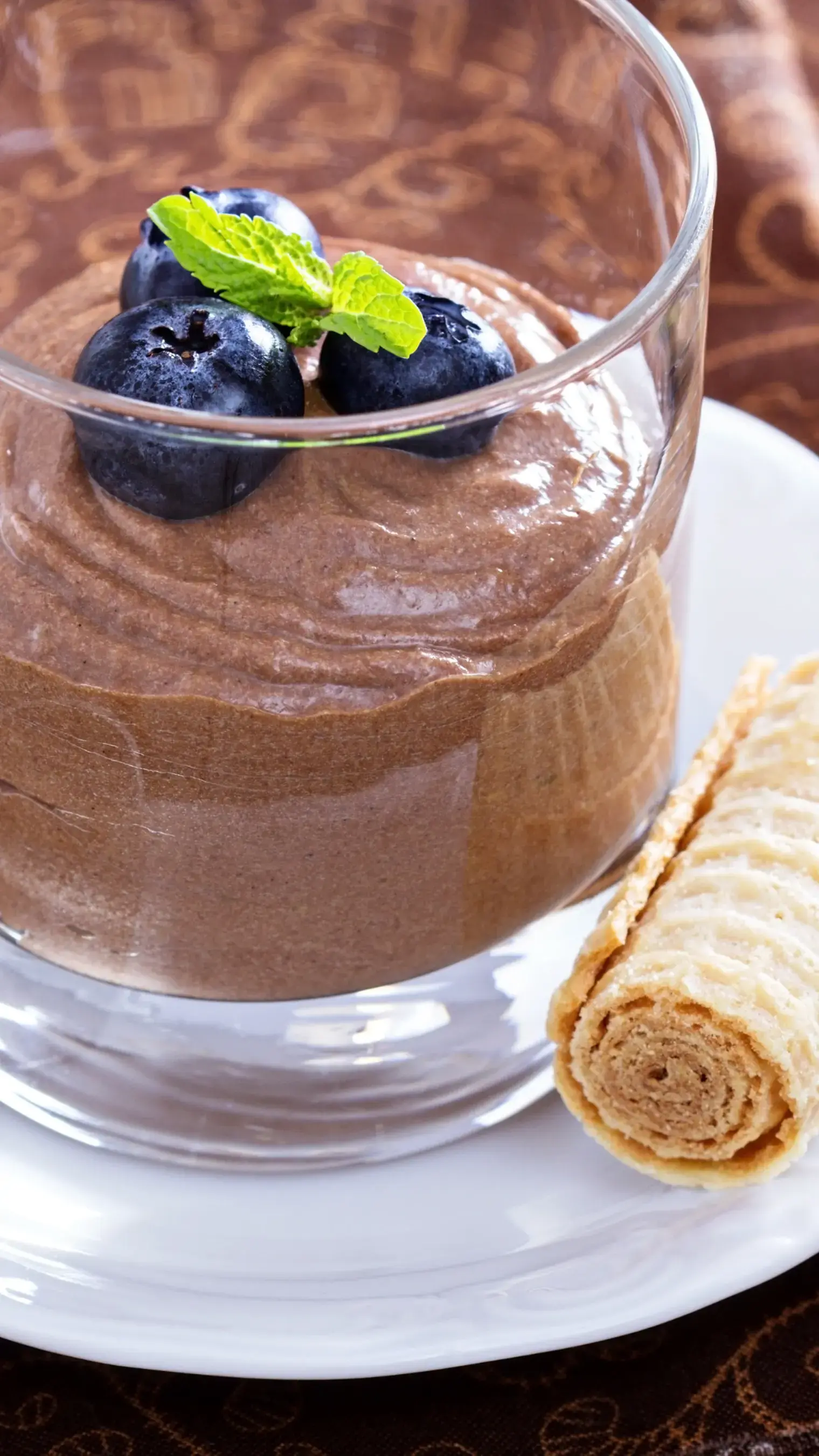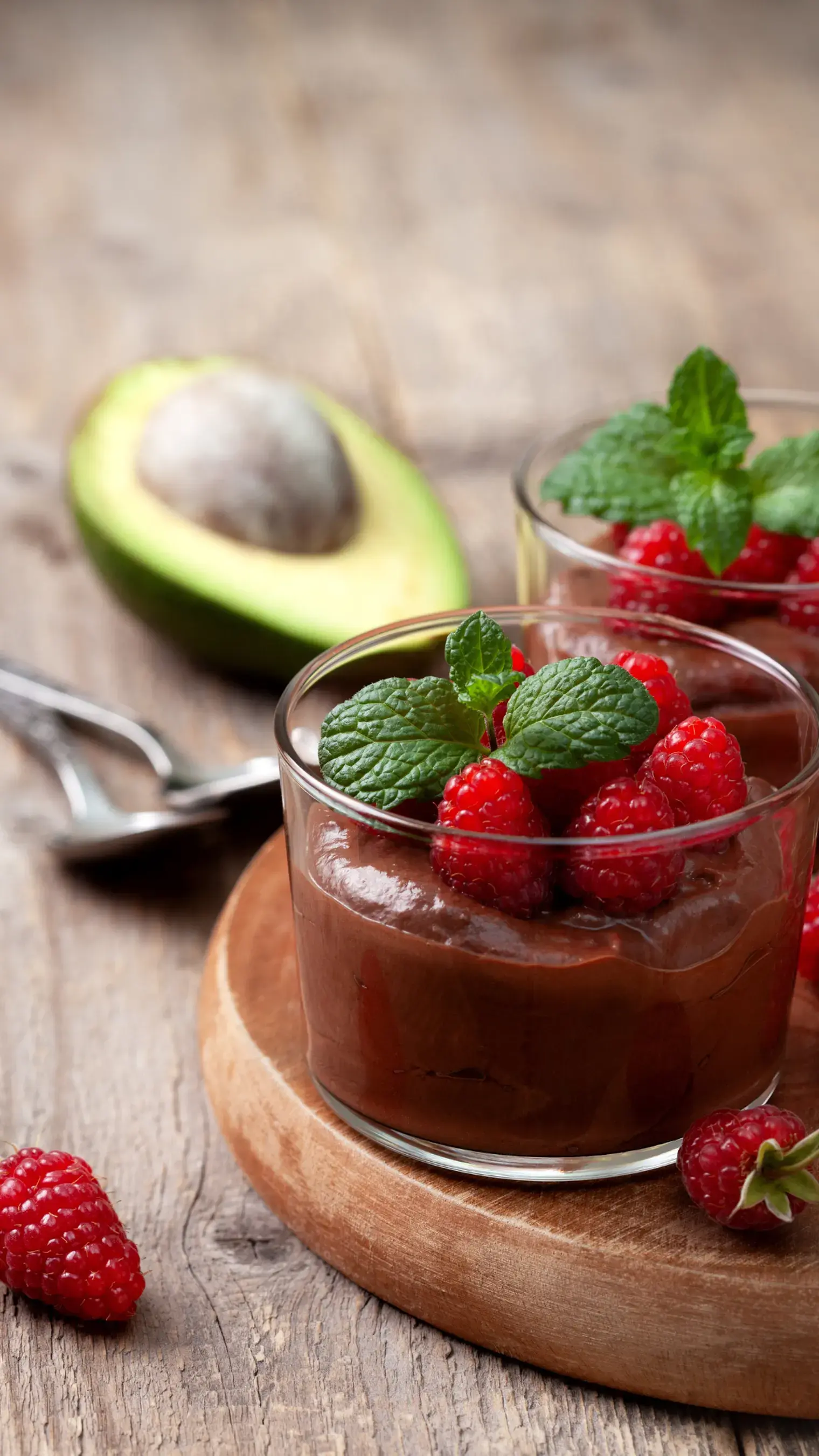Looking for a carrot halwa with almonds and Bournville twist? Make it this way—learn to make a bold fusion dessert now.
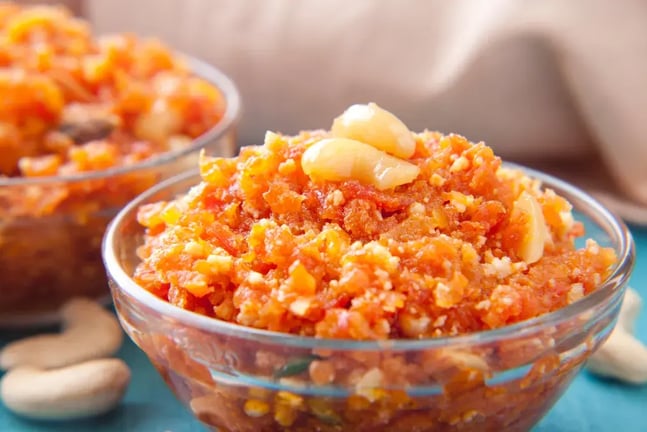
Do you ever wish to remain with something that is familiar but add a little edge to it? That's the tale of Indian kitchens these days—tradition recipes transformed. We are accustomed to gajar ka halwa in its traditional form, particularly on winter nights when its warmth makes a difference. But there's something enticing about retaining the comfort and introducing just the right twist to it.
Combining grated carrots, milk, ghee, and almonds with rich, bitter-sweet chocolate could sound strange, but the end result is strong and harmonious. The almonds remain traditional while the dark chocolate provides depth, making this halwa a pleasant surprise from what you would expect to something you'll be remembering long after it's disappeared.
The carrot halwa with almonds and Bournville isn’t a trendy gimmick. It’s a natural evolution of taste—one that respects where it comes from but isn’t afraid to try something new. If you’re someone who loves the classics but wants to give them a bit more character, this fusion belongs on your table
1. Selecting the Right Carrots
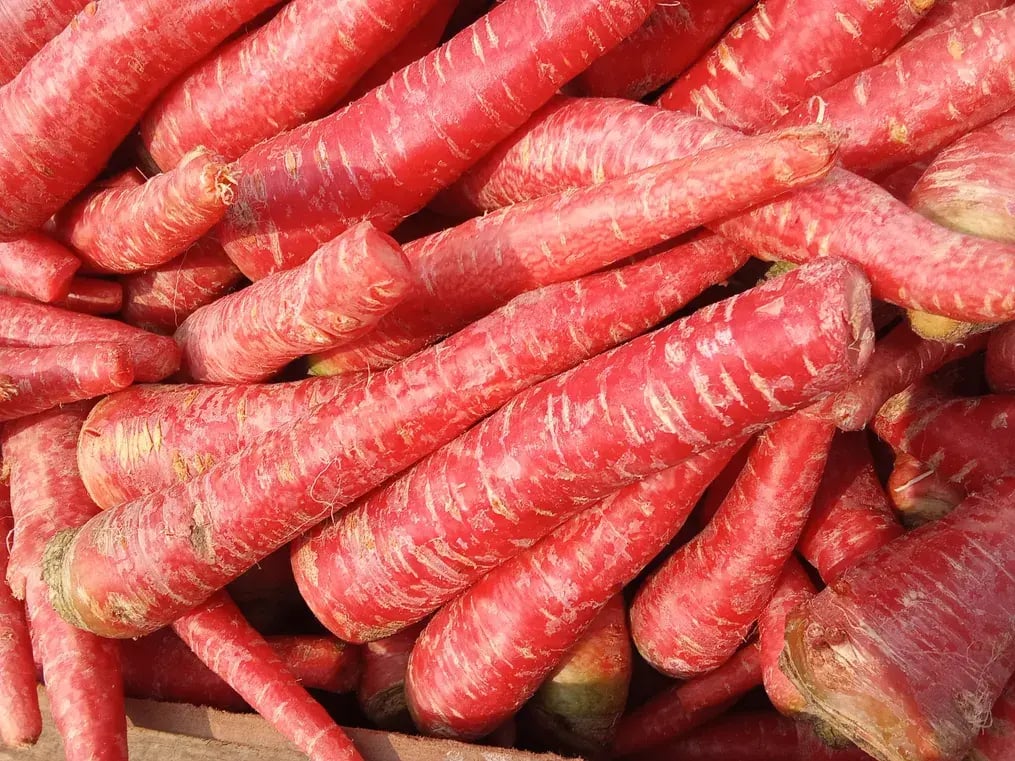
The basis of any good carrot halwa is the selection of carrots. Use fresh, tender red carrots, or so-called Delhi carrots, which are sweet in nature and brightly colored. These tend to cook quicker and mix perfectly with milk so that there is no mismatch in the dessert. While choosing, select firm, juicy, blemish less carrots. Grate them finely so that they cook evenly and provide a smooth texture in the halwa.
2. Grating Techniques for the Best Results
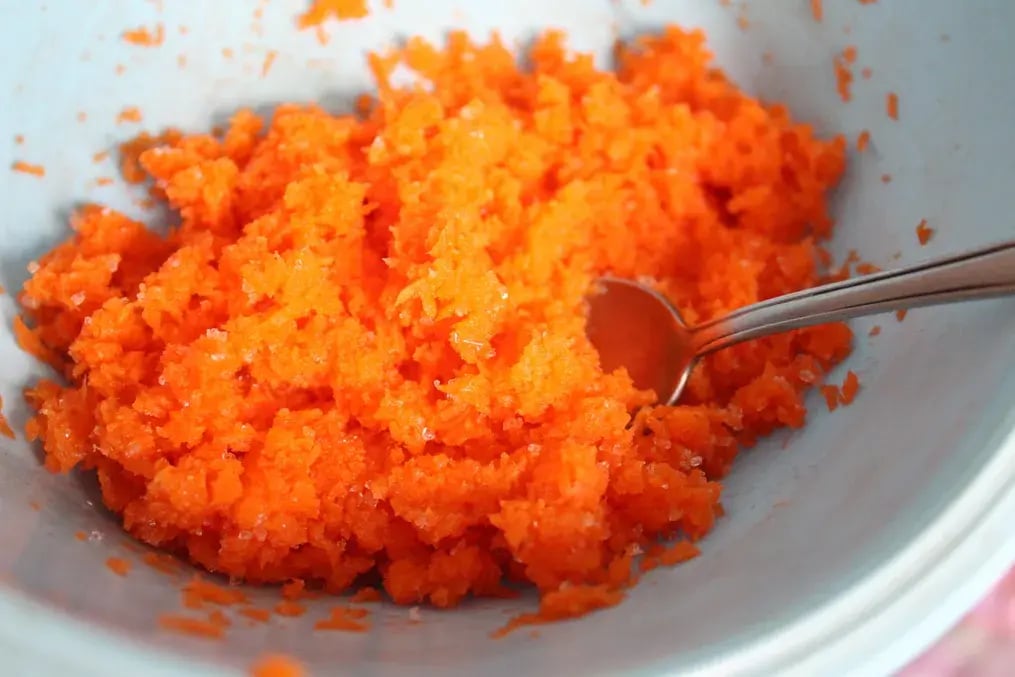
Uniform grating of carrots is important for even cooking. Grate the carrots using a medium-sized grater to have fine shreds that cook evenly. Do not grate the carrots in a food processor since it may create uneven pieces that will cause uneven cooking. Grate the carrots immediately before cooking to preserve their moisture and natural sweetness. This procedure allows the carrots to blend with the milk and other ingredients nicely during cooking.
3. Roasting Carrots to Bring Out Sweetness
Roasting the grated carrots prior to mixing in milk brings out their inherent sweetness and minimizes moisture levels. Heat ghee in a heavy pan and sauté grated carrots on medium heat until they just change color and emit a nutty smell. This procedure not only heightens the flavor but also ensures that the carrots are properly cooked and set to soak up the milk and other seasonings.
4. Adding Milk for Richness
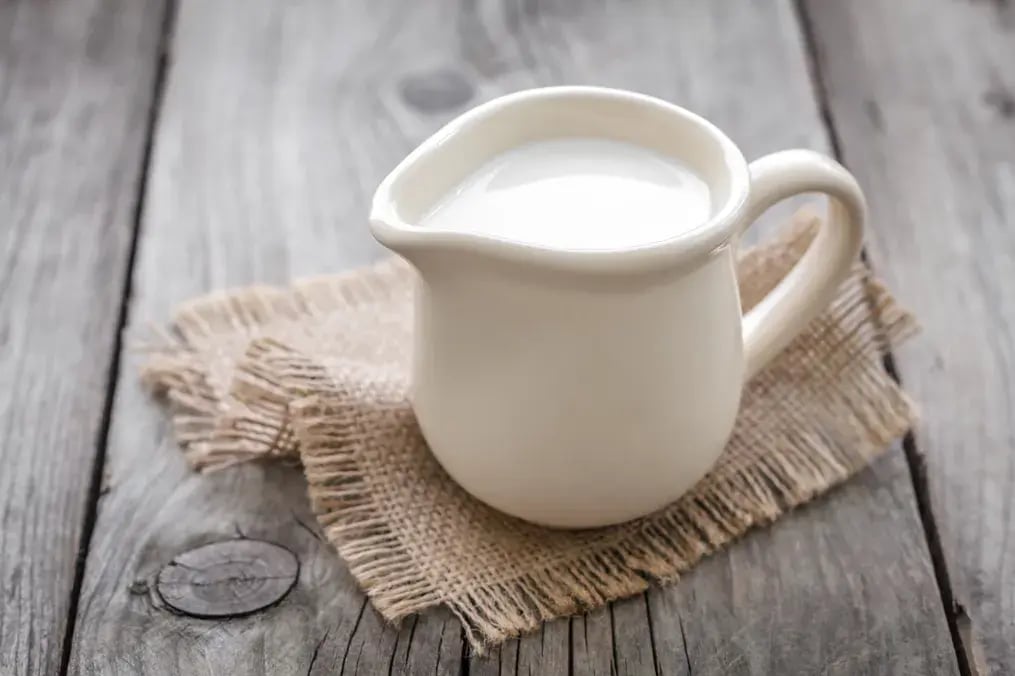
After roasting the carrots, pour full-fat milk into the pan. The milk must be enough to totally cover the carrots. Cook the mixture on low heat, stirring from time to time, until the milk thickens and reduces. This is a slow process of cooking that enables the carrots to imbibe the milk, creating a dense and unified halwa. Make sure that the milk does not stick on the bottom part of the pan by stirring frequently.
5. Adding Sugar at the Right Time
Add sugar only after milk has been reduced and carrots are cooked nicely. Sugar added at the beginning may delay the cooking process by extracting moisture from the carrots. Stir hard to dissolve the sugar once added. Sugar quantity can be modified depending upon the sweetness of the carrots and individual choice. This ensures proper sweetness in the final product.
6. Infusing Bournville Chocolate
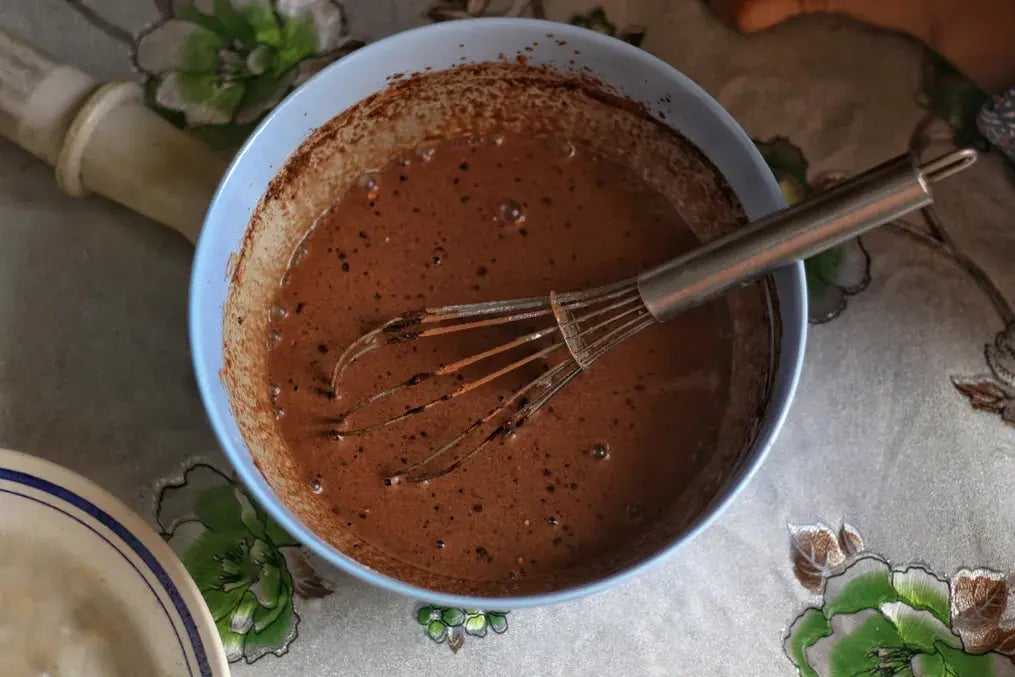
Adding Bournville dark chocolate provides a contemporary touch to the classic halwa. After dissolving the sugar and thickening the mixture, lower the heat and pour chopped Bournville chocolate. Stir constantly until the chocolate is melted and properly mixed with the halwa. Dark chocolate provides a rich, bittersweet flavor that comes together with the carrots' natural sweetness, providing a refined taste experience.
7. Almonds for Crunch Garnishing
For adding some contrasting crunch to the soft halwa, garnish with sliced almonds. Lightly toast the almonds in ghee until golden and then add them to the halwa. This not only gives them a better flavor but also contributes a wonderful crunch to every bite. Sprinkle the toasted almonds on top of the halwa right before serving in order to keep them crisp.
Like This Article?
More Like This
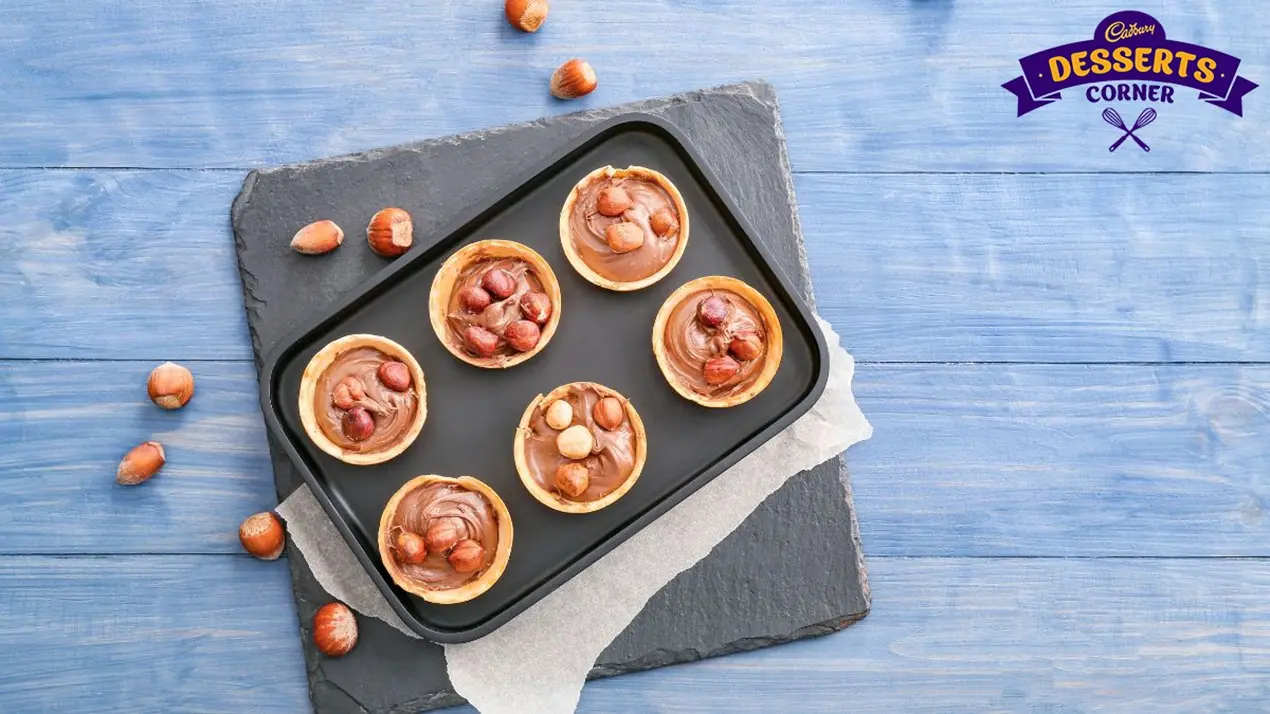
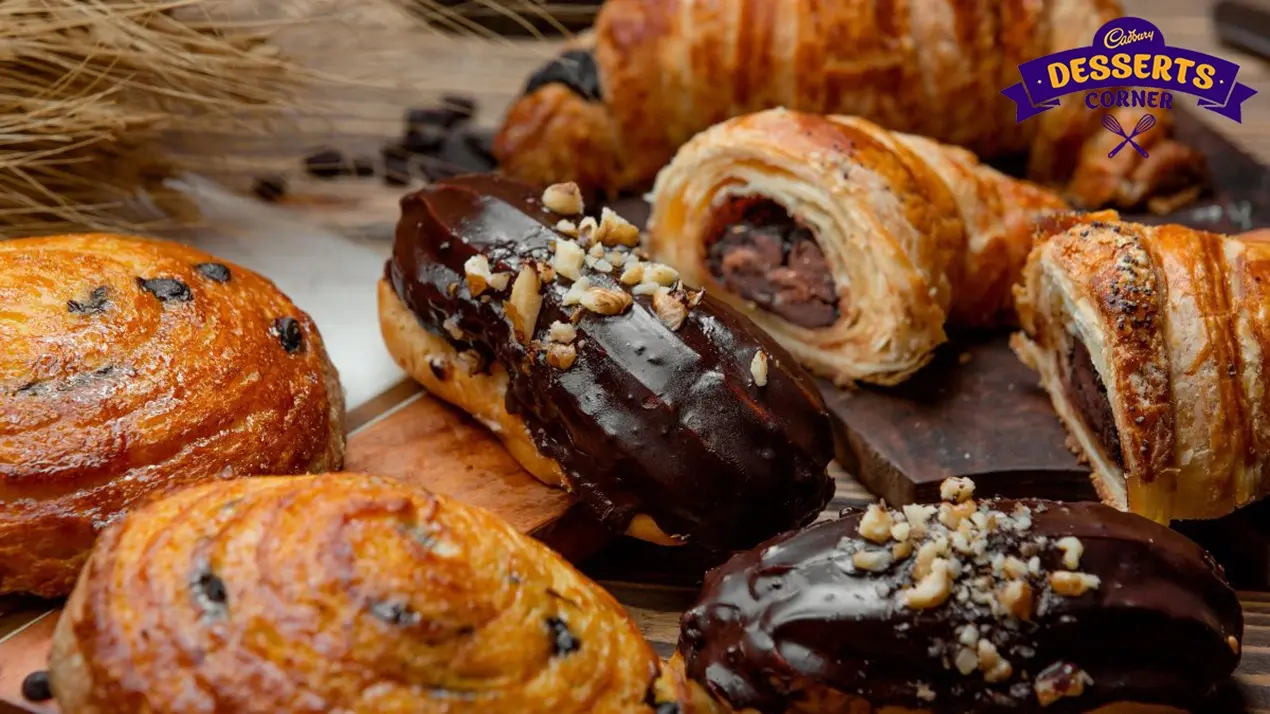


Popular Articles



Trending Web Stories
Curated Recipes


















